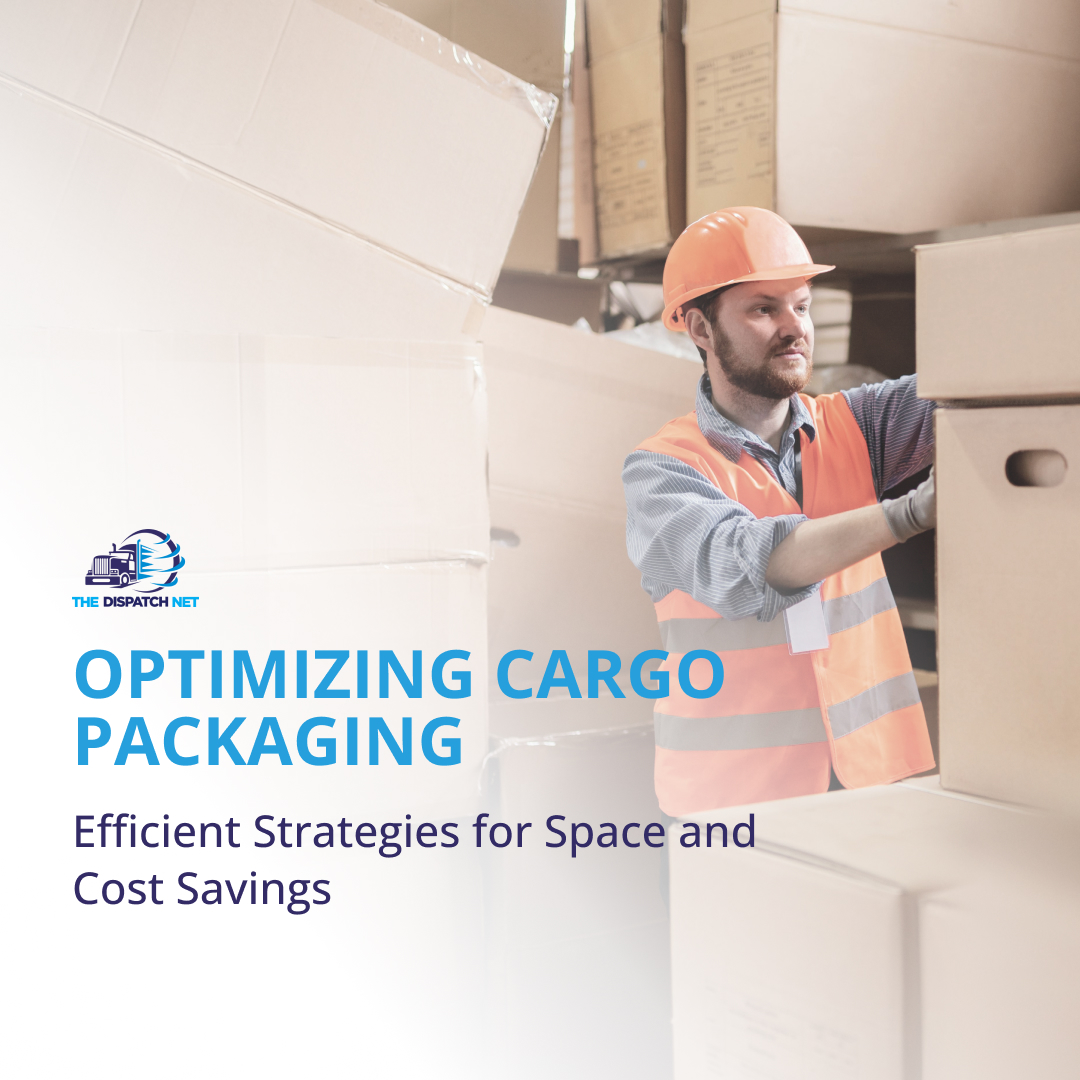
Optimizing Cargo Packaging: Efficient Strategies for Space and Cost Savings
In the realm of logistics and transportation, efficient cargo packaging plays a pivotal role in optimizing the entire supply chain. The art of maximizing space utilization while minimizing costs has become a key focus for companies worldwide. This text delves into the strategies and benefits of optimizing cargo packaging, shedding light on the practices that can revolutionize the industry.
Cargo packaging optimization involves a multidimensional approach. One primary consideration is the choice of packaging materials. Lightweight, yet durable materials are preferred to strike a balance between protecting the cargo and minimizing the weight that contributes to shipping costs. In this context, the development of innovative materials, such as high-strength composites, is a game-changer.
Another pivotal aspect is the actual design of the packaging. Standard rectangular boxes might not always be the best option. Irregularly shaped cargo could be better accommodated using custom-made packaging. This approach maximizes the utilization of available space, reducing wasted voids during transit. The utilization of Computer-Aided Design (CAD) software helps in creating tailored packaging solutions that fit the cargo like a glove.
The significance of load distribution within the packaging cannot be overstated. Properly balanced loads prevent shifting during transit, reducing the risk of damage. This is where technologies like load securing mechanisms, including braces, dunnage bags, and strapping, come into play. An evenly distributed load not only safeguards the cargo but also contributes to overall transportation safety.
One cannot discuss optimization without considering sustainability. The increasing focus on environmental consciousness has led to the adoption of eco-friendly packaging materials, such as recyclable plastics and biodegradable options. Companies that integrate sustainable practices into their packaging strategies not only attract environmentally conscious customers but also contribute to a greener planet.
The advent of data-driven technologies has transformed cargo packaging optimization. The Internet of Things (IoT) enables real-time tracking of cargo conditions, allowing companies to monitor factors like temperature, humidity, and shocks. This data provides insights into potential vulnerabilities in the packaging, empowering companies to make informed adjustments for enhanced cargo protection.
In the realm of e-commerce, where parcel shipments are commonplace, the importance of right-sized packaging cannot be ignored. Automated systems that create custom-sized boxes based on the dimensions of the ordered products have gained prominence. This not only reduces material waste but also optimizes the use of shipping space, translating to cost savings and a reduced carbon footprint.
In conclusion, the optimization of cargo packaging is a multifaceted endeavor that encompasses materials, design, load distribution, sustainability, and technological advancements. Companies that embrace these strategies stand to gain significant benefits, ranging from reduced shipping costs and enhanced customer satisfaction to minimize environmental impact. As the world of logistics evolves, the art of efficient cargo packaging remains a cornerstone of success.





